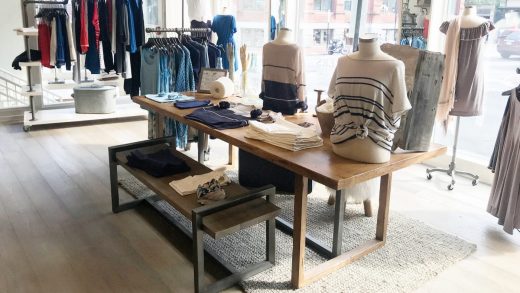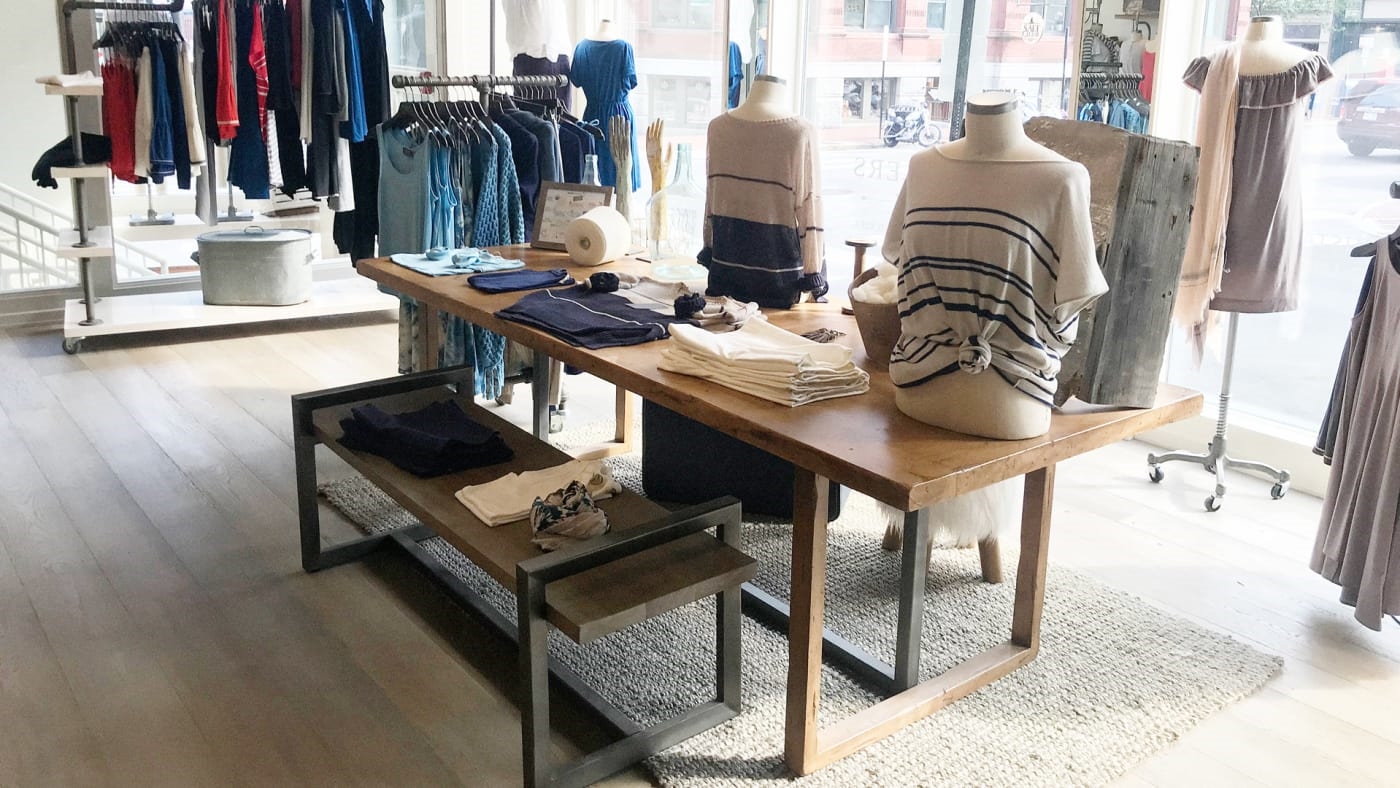How Tom’s of Maine’s founder created a fast-fashion alternative
When Tom Chappell, the founder of Tom’s of Maine, one of the first commercially successful brands of natural toothpaste, finalized the deal to sell his company to Colgate for $100 million in the spring of 2006, he decided to take some time off to explore Wales on foot with one of his sons. They hiked eight to ten hours per day, going from farmhouse to farmhouse.
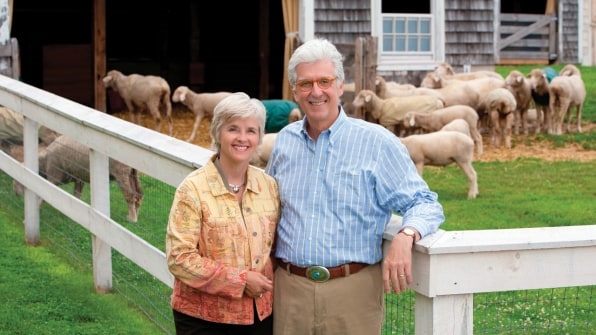
On his trek, Chappell says, “I was quite taken by the reality of this first layer stuff, whether it was long johns or undershirts that you would wear. I had the [Patagonia’s] Capilenes and I had the silk, and I had the wool. I didn’t like any of them. The Capilenes smelled terribly after two or three days, and you couldn’t wash out the stink, the wool was itchy and scratchy, and the silk would get soaked with sweat, and then you’d freeze to death because the silk isn’t any kind of an insulator.”
Being a keen problem solver and an entrepreneur at heart, Chappell starting thinking about creating clothing from a lightweight fiber that would not only be comfortable on your skin but would insulate your body. While he had found wool to be itchy and scratchy, he also decided it was a miracle fiber: It cools you off when you need it to, it retains heat when it’s cold out, and it doesn’t hold stink. The trick would be to remove the itch.
Thus began his new venture, Ramblers Way, a purpose-driven American-made premium clothing line derived from natural wool. He says his vision was to create a “functional clothing line that would be versatile in different settings” from the office to weekend and activewear. The products would be made in America using the same sustainable business practices that had been used so effectively at Tom’s of Maine.
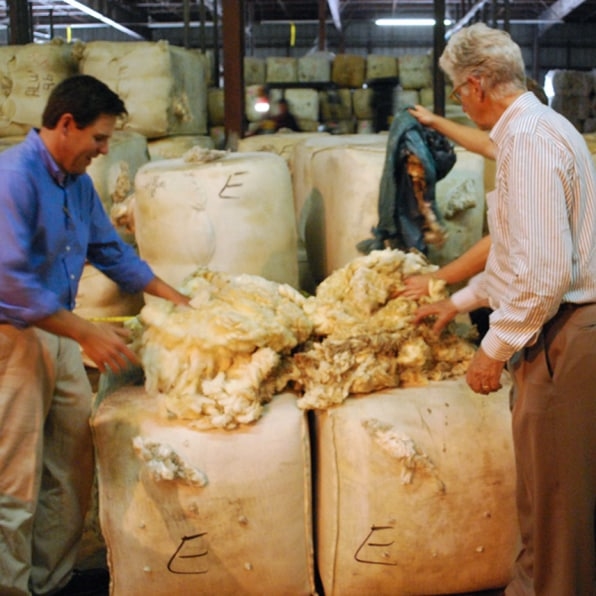
Geeking out on wool
After the success of Tom’s of Maine, Chappell says he entered his new business with wind in his sails: “I thought I knew it all when I left Tom’s of Maine.” But he soon discovered that he had a lot to learn. For starters, launching a clothing line focused on sustainability in an industry known for its wasteful emissions was not going to be an easy task. “And I did not appreciate the necessity for such precision and detail when it comes to making a fabric or a garment,” he adds. It turned out that not all wool is created equal.
Chappell visited ranches in Texas, Montana, and Nevada in his search for the finest wool fibers, which he would need to produce the soft, lightweight, non-itching material for his clothing line. Most commercial wool was too thick and not up to the task; he needed wool from Rambouillet sheep, which has long and thin fibers. But he soon discovered that these fibers were often simply blended in with inferior wool to create a “wool blend” that gets exported to China, where it’s used to produce much of the world’s clothing.
He knew he would have to convince farmers and ranchers to do things differently. It helped that he had more than three decades of experience at Tom’s of Maine doing exactly this. First, he had to pay them a premium to separate the fine fibers from the rest of the wool. He also promised that the garments would be made in the United States. He says, “They got very excited . . . that their wool was going into an American brand, and patriotic about it. . . . We just went from one large ranch to another to get the supply.”
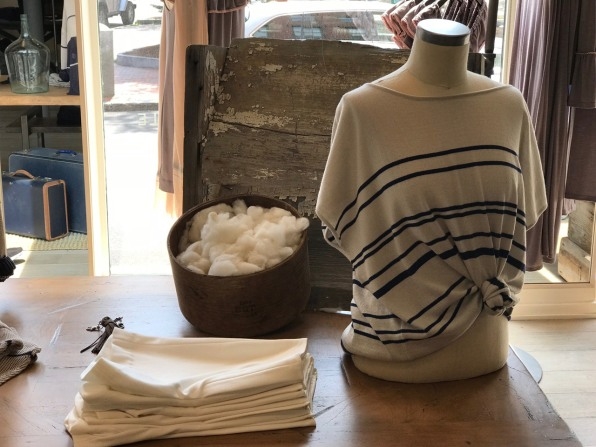
The product is the most important thing
Once they had sourced the Rambouillet fibers, they had to figure out how they could be washed, spun, and knit without the use of chemicals, using machines that could tolerate such fine wool. Once again, this required convincing spinners and knitters that it could be done. Chappell decided to take hand-spinning classes to better understand the process. Once he had learned to spin yarn, he knew what he was looking for, and was able to find a certified organic yarn spinner, a weaver, and a machine that could knit fine-wool clothing.
The process he used to assemble his supply chain is the opposite of how fast-fashion manufacturers operate. Instead of starting with an artificially low price and building a supply chain to accommodate it, Chappell decided that the product was the most important thing. Also, in contrast with an industry that has a reputation for treating its workers poorly, at Ramblers Way employees are paid a minimum wage of $15 per hour, plus benefits and a 401K, and they have a chance to give back to society through 5% paid time off to volunteer. The company regularly visits the ranches and factories where their products are made. And the GOTS certification on their products ensures that farms and companies in their supply chain treat employees with dignity and respect.
Chappell says it has taken him nearly seven years to build the supply chain, which is predicated on being sustainable while sourcing the highest-quality ingredients. “If you start with your values and the quality rather than the price, they precede everything you do. You will likely end up creating a product that did not exist before. What I wanted to do is to show that, like at Tom’s [of Maine], you don’t have to sacrifice efficacy in order to be responsible with regard to people and nature,” Chappell says.
Today he is proud to be the only fully organic wool-clothing company in America. Be it sweaters, liners, or jackets, the finished products are all 100% organic, made without the use of any chemical or dyes–and much of the work is done within 300 miles of Kennebunk, Maine.
This has the added benefit of enabling Ramblers Way to also be certified as “cradle-to-cradle.” This is a designation that implies that the product was designed with its end of life in mind. “Staying 100% biological, that means that fabric will decompose in six months in the environment, if it gets thrown away,” says Chappell.
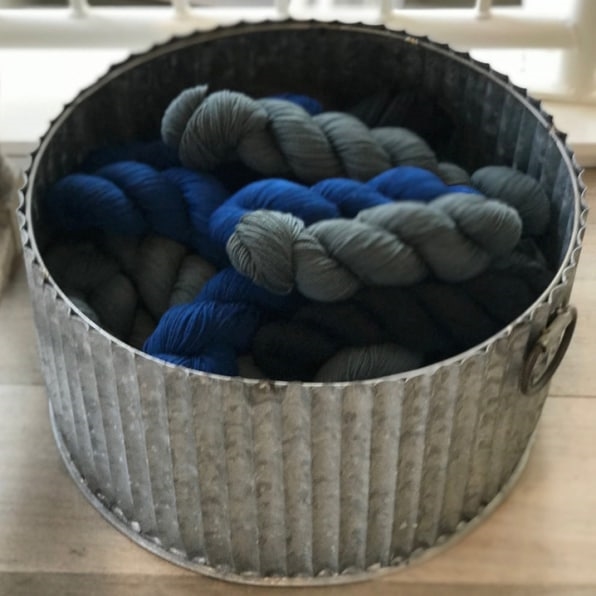
Getting wool to the people
In 2015, Ramblers Way clothes went on the market, but wholesaling to independent clothing stores proved another challenge. “It was just a complete shocker to me. I didn’t realize that they did not want to take the time to educate the consumer on sustainable clothing, or wool,” Chappell admits. “We found that they [retailers] weren’t the evangelists [or partners] that strategically we thought they were going to be, and secondly, they didn’t pay their bills, and third, they shipped their product back if they didn’t sell them, even though we didn’t give it to them on those terms.”
Chappell had a national sales force pushing his products to these stores, but he had to admit that the strategy wasn’t working. “We were really going out of business.” This was very different from his experience with wholesaling his products at Tom’s of Maine, where he could focus entirely on creating the very best products and be profitable because the growth rate of the natural-health industry was in the double digits, which created a lot of demand. Relying on established retail chains to sell products for you was not a smart strategy in a highly competitive industry like apparel.
In the face of these challenges, Chappell made another unconventional decision. In the age of e-commerce and Amazon, he decided to venture into retailing himself, opening with, as he puts it, “a test store,” first in Dartmouth, New Hampshire, and then in Portland, Maine. Here “you could finally see the entire range of products made by Ramblers Way. It was stunning, it was a delightful environment.”
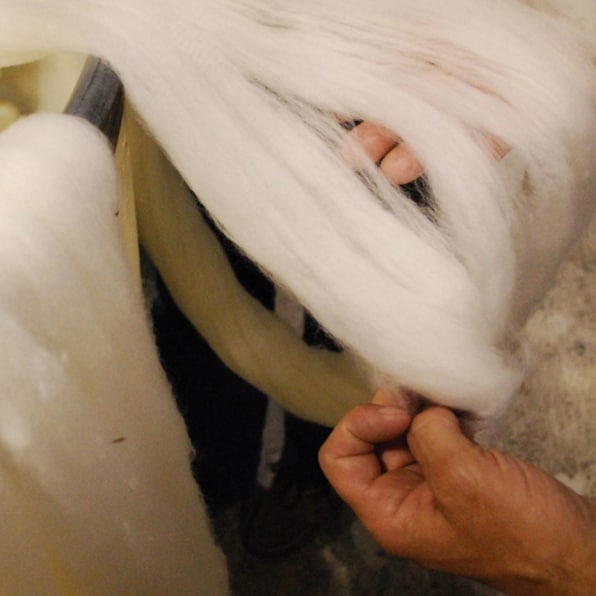
Growing Pains
Tom Chappell has built off this success and expanded the company’s direct-to-consumer model, decreasing prices by 33%. It has been a win the company badly needed. “We increased our gross margins to over 55%. All we were doing is eliminating the independent retailer, and doing it ourselves.”
Ramblers Way now has plans in place to open its next set of stores in New York, Boston, and Connecticut–all strong urban environments where Chappell hopes his clean and sustainable products will resonate. “We were starting to communicate, and educate, and create a reason for these customers to come and learn, and be excited about the quality. Once they would put it in their hand, and feel the softness, and the lightness. It was all of a sudden, a $90 shirt was worth it.”
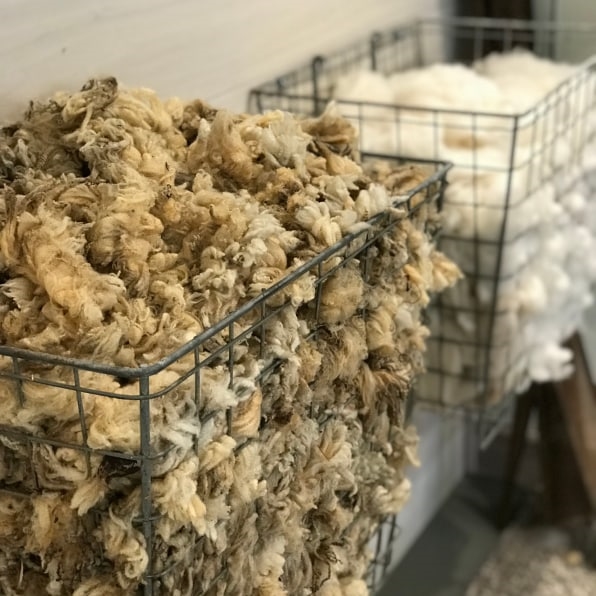
Raising the sustainability bar
The arc of Tom Chappell’s career has involved taking risks to create new products that have raised the bar for sustainability in two very different industries. As an entrepreneur, you could say he uses human-centered design, immersing himself with his suppliers in every aspect of developing his products, be it toothpaste made using fennel as the cleansing agent or various techniques for producing wool fibers until the yarn is as fine and as sustainable as he would like it to be.
Chappell says his biggest challenge these days is getting capital to expand their retail stores. The company has had the most success with appealing to family offices to come in as lead investors, in large part because they know him from his days running Tom’s of Maine. He adds, “unlike tech or health care, there isn’t any risk money for sustainability.”
Correction: This article has been updated to include the correct price that Tom’s Of Maine sold for.
(29)

